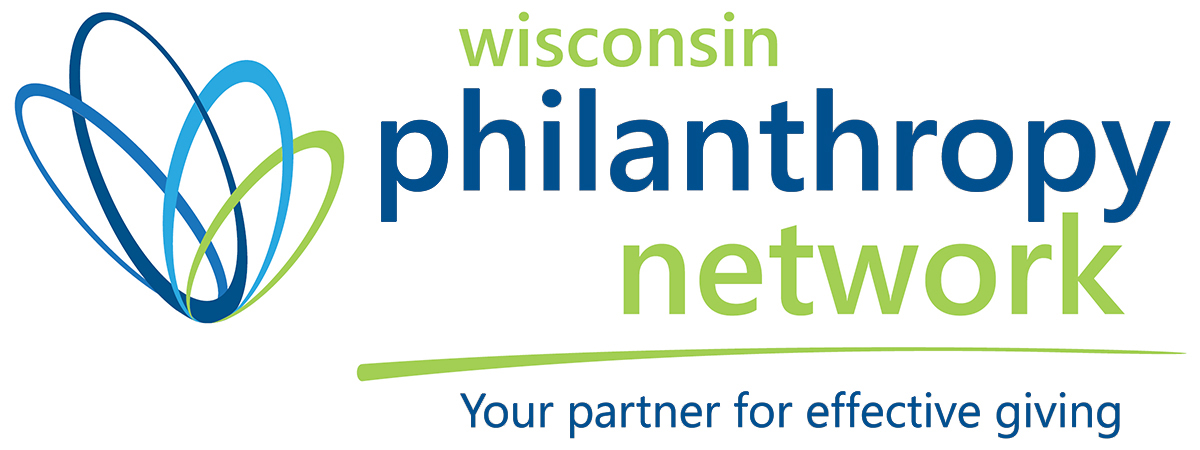As the philanthropic world evolves, there are some interesting trends in family foundations. The number of foundations is growing, giving is growing, and the impact made by family philanthropists is growing. According to the recent 2015 Trends Study conducted by the Urban Institute and the National Center for Family Philanthropy, a review of a representative sample of family foundations across the country observed several emerging trends that are predicted to influence the philanthropic community in coming years.
Click on this link to take a look at the list of highlighted trends from the source article.
2015 Trends Study
by Urban Institute and the National Center for Family Philanthropy
How the survey was conducted
The survey is based on a nationally representative sample of 2,500 family foundations drawn from the Foundation Center’s family foundation database. To be eligible, a foundation had to have assets of at least $2 million and annual giving of at least $100,000. The sample was stratified by foundation asset and giving levels and had an oversample of large foundations. This mixed-mode survey (conducted by mail, web, and phone) collected data from April to June 2015. In total, 341 family foundations answered the survey, yielding a 17 percent response rate. Forty-seven percent of the respondents were founders; less than 15 percent were paid staff. During analysis, sample weights were applied to the data to account for possible nonresponse bias. The weights were also adjusted for slightly lower response rates among small family foundations and for an oversample of large foundations.
Our Research Partner
The nonprofit Urban Institute is dedicated to elevating the debate on social and economic policy. Its Center on Nonprofits and Philanthropy analyzes the role, trends, and impact of nonprofit organizations and philanthropy.
National Trends Advisory Committee
The Trends in Family Philanthropy’s National Advisory Committee is tasked with guiding this national research initiative to identify (1) emerging issues, (2) changes in funding priorities, (3) innovative approaches to giving and decisionmaking, and (4) anticipated giving patterns among philanthropic families. Members of the committee will also suggest ways to use the survey results to better understand the implications of this new knowledge and to stimulate discussions, additional research, and action throughout the field resulting from those implications.




